10 things you need to know about osteoporosis and bone health
A broken bone could indicate a much bigger problem—and that’s just for starters.

Throughout your life, you constantly lose old bone and form new bone. As a teenager and young adult, your body makes more bone than it loses. With age, bone production drops off and bone loss increases, putting you at risk for osteoporosis, or porous bone that fractures easily.
Roughly 10 million Americans have osteoporosis and 44 million have osteopenia, or low bone mass, according to the National Osteoporosis Foundation. But osteoporosis and related fractures don't have to be inevitable. Here are 10 things you need to know to lower your risk.
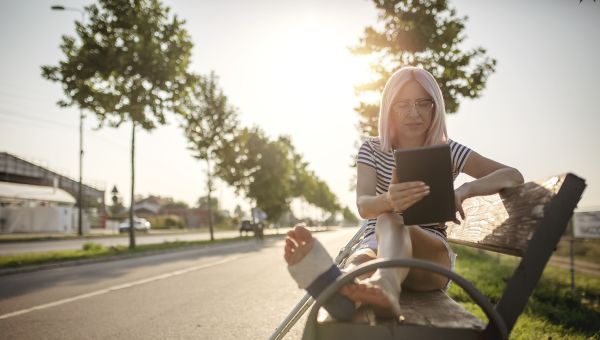
A broken bone could mean osteoporosis
A fracture from a fall is a telling sign that you may have osteoporosis, says Connie Weaver, PhD, a calcium researcher and chairman of the department of nutrition science at Purdue University in West Lafayette, Indiana.
"Many times, people just assume the fracture is due to the trauma and don't investigate if they need to be treated for osteoporosis," Weaver says. It's possible that the fractured bone was in a weakened condition due to osteoporosis before the fall.
People who break a bone and have other risk factors for osteoporosis, such as a small build or a family history of fracture and low body weight, should be especially vigilant.
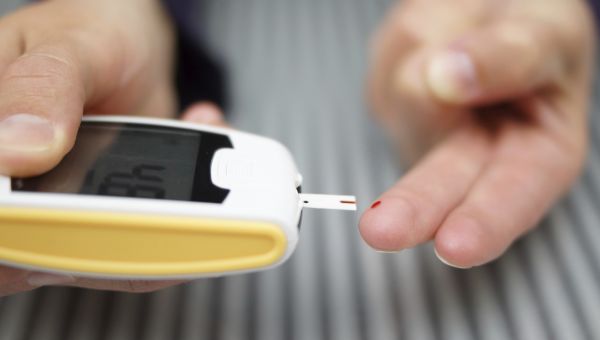
Having diabetes raises your risk for osteoporosis
People who have type 1 diabetes or type 2 diabetes are prone to weaker bones.
"The quality of the bone they make isn't good," says Diane Schneider, MD, a geriatrician and author of The Complete Book of Bone Health. "In people with type 1 diabetes, there is more bone breakdown, and in people with type 2 diabetes, the bones are more fragile."
Medications for type 2 diabetes can also cause bones to be weaker—and extra body weight doesn't help. "We're finding a growing connection between bone and fat," Dr. Schneider says. "Being overweight is not as protective as we once thought."
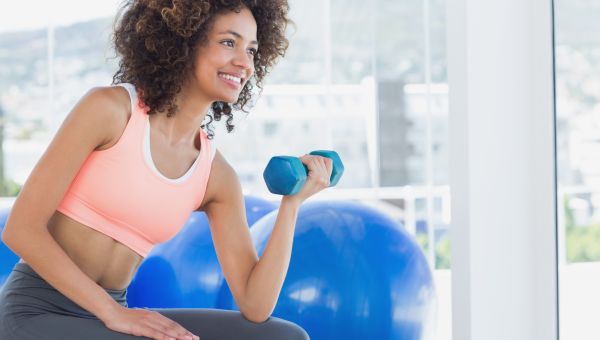
Being thin increases your odds for osteoporosis
Having a small frame and a slight build means you have bones that are less dense and more vulnerable to osteoporosis and fracture. Some studies show those who weigh 127 pounds or less may be especially prone to developing osteoporosis, Schneider says.
Since there isn't much you can do about the way you're built, women who are small-boned need to take charge of osteoporosis risk factors that they can control.
"You have to pay special attention to what I call the ABCDs of bone health," Schneider says. "Activity, balance—because you need core strength to prevent falls regardless of bone density—calcium and vitamin D."
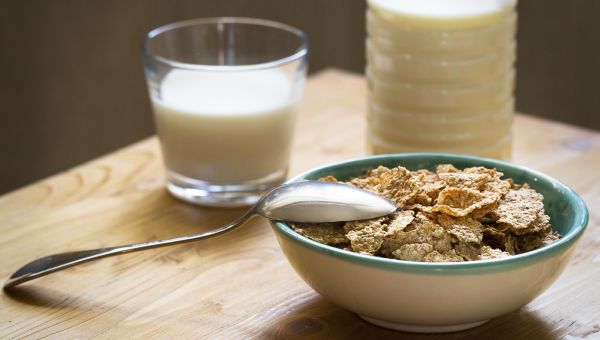
Not getting enough calcium puts your bones at risk
Many Americans don't get enough calcium, which is essential for bone health. But some research suggests that taking calcium supplements may raise your risk of heart attack and kidney stones.
So, to get the recommended 1,000 mg of calcium each day for women up to age 50, and 1,200 mg of calcium a day after age 50, Schneider recommends incorporating calcium-rich foods into your diet such as milk, yogurt, broccoli and turnip greens. She also suggests taking less than the recommended dose of those calcium supplements—though you should always speak with a healthcare provider (HCP) first.

A lack of vitamin D raises your risk for osteoporosis
Vitamin D is essential for bone health because it helps your body absorb calcium. Your body actually makes vitamin D when you’re exposed to the sun. But too much exposure to the sun’s harmful UV rays could lead to sunburn and increase your risk for skin cancer over time. Spending just 20 minutes a day in the sun without sunscreen during the summer provides enough vitamin D to last you through the year, says Dana Simpler, MD, a private-practice physician in Baltimore. "People with dark complexions may need up to an hour," she notes.
You can also get vitamin D from supplements and vitamin D-fortified foods. There aren’t many foods that are naturally high in vitamin D, but those that are include shrimp and fatty fish, such as tuna and salmon. The National Academy of Medicine says most people need 600 IUs of vitamin D a day. People 71 years and older need about 800 IUs daily.

Some medications can hurt your bones
Certain medications—among them, antidepressants, corticosteroids and proton pump inhibitors—can put your bones at greater risk for osteoporosis. Anti-seizure medications, certain cancer treatments and diabetes drugs may also cause bone loss. In most cases, the risk of osteoporosis goes up the longer you take these meds and the higher the dose.
Before going on any medication, ask your HCP about the impact it could have on your bones. If you must take one of these drugs, work with your HCP to take the lowest dose possible, and discuss ways to protect your bones and lower your risk of osteoporosis.
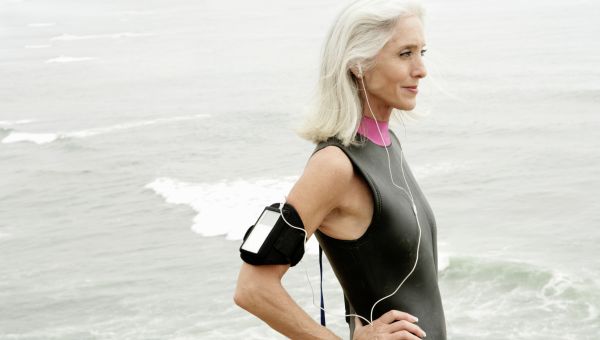
Menopause increases osteoporosis risk
Menopause causes a steep drop in estrogen, a hormone essential for strong bones. The earlier you go into menopause, the higher your risk of osteoporosis. One Swedish study found that women who entered menopause before the age of 47 were nearly twice as likely to have osteoporosis later in life as those who entered menopause when they were older.
"Women lose the most bone in the first three to five years of menopause," Weaver says. "They can lose as much bone as they gain during puberty, so it's important to make lifestyle choices that protect against bone loss, like diet and exercise. "
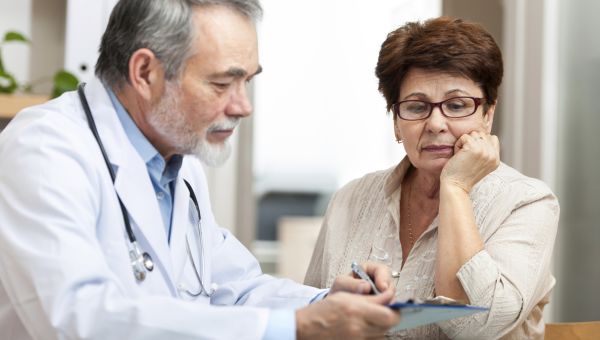
A bone density test can detect bone loss
Bone density is commonly measured with dual-energy X-ray absorptiometry (DXA), or a bone density test. This simple, painless test gauges bone strength by comparing your bone mass to those of young adults of the same gender at peak bone mass, using a T-score. A T-score of -2.5 or lower means you have osteoporosis. A score between -1.0 and -2.5 means you have osteopenia, low bone mass. A T-score of -1.0 or higher means your bones are normal.
"Women usually don't need a DXA scan until they're 65 and men until age 70," Schneider says. Talk to your HCP about when to get screened and about follow-up tests.
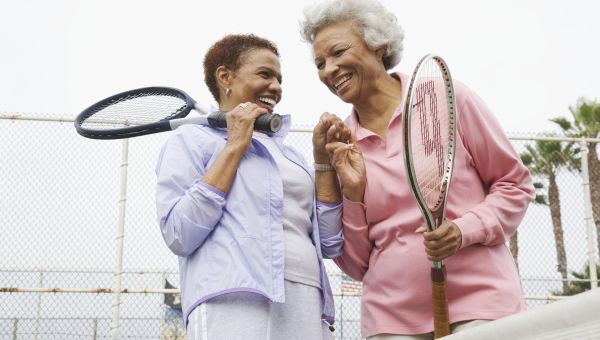
Physical activity protects against osteoporosis
Weight-bearing exercises—the kind that force your body to work against gravity, such as walking, running, dancing and tennis—help build and maintain bone density when you’re younger, but are less effective in older adults. However, they do protect against fractures by improving strength and balance. The key, Schneider says, is to be active.
"It doesn't have to be exercise in the gym," she says. "You simply want to spend more time on your feet and move. You want to spend less time sitting."

Not everyone with osteoporosis needs medication
Some drugs used to treat osteoporosis could potentially increase the risk for femur bone fractures and the death of bone tissue in the jaw.
In reality, only women at high risk for a fracture need treatment, says Ruth Freeman, MD, of New York's Montefiore Medical Center in the Bronx. "I always recommend lifestyle changes first," she says.
Women who have osteoporosis and other risk factors, such as rheumatoid arthritis, low body weight and a family history of fractures may want to take osteoporosis drugs. Women who have no risk factors might consider opting out. Talk to your HCP about your best option.
More On
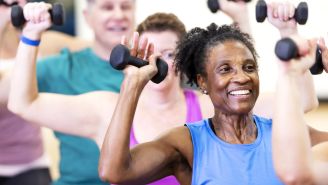
article
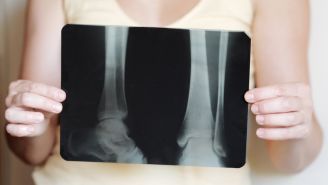
slideshow
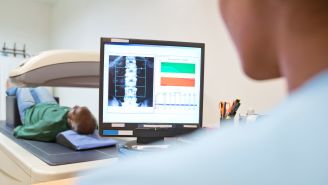
article

article
